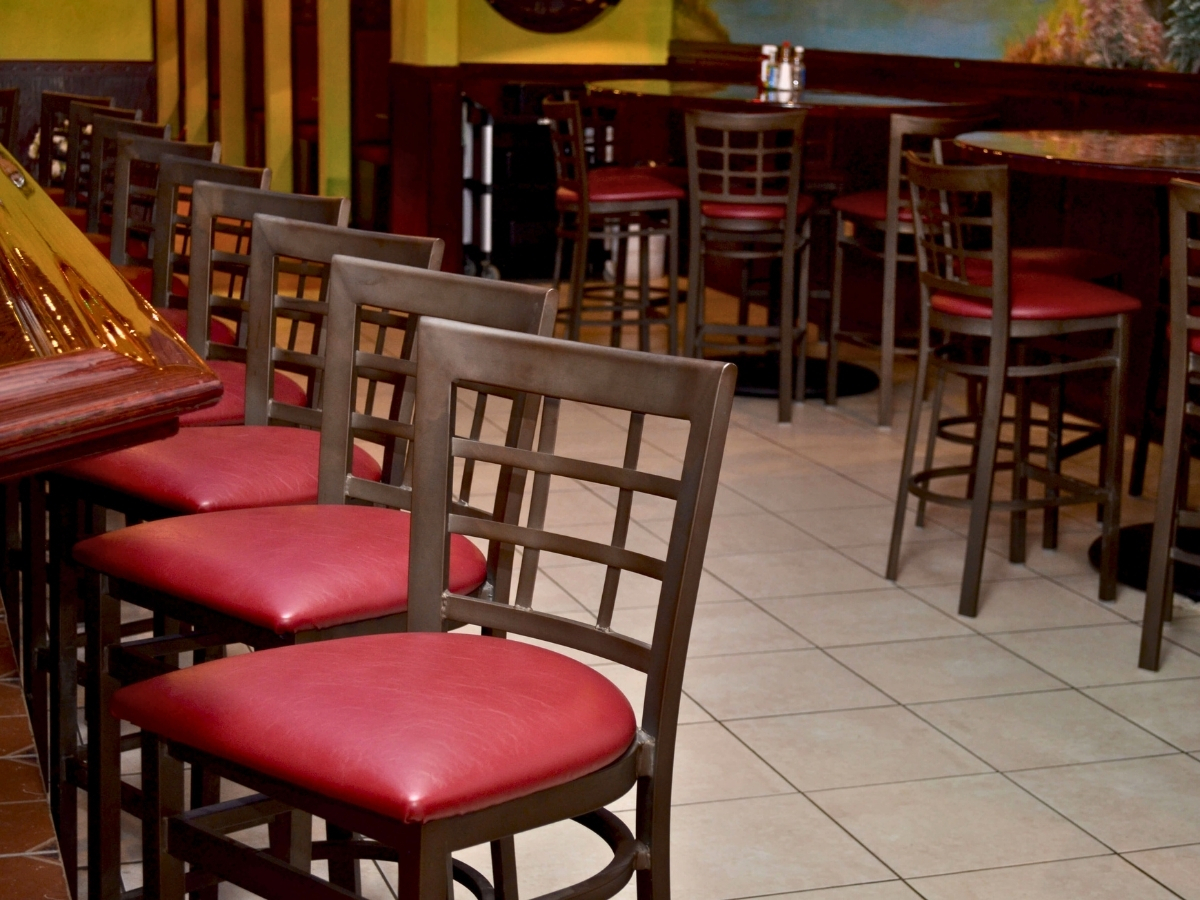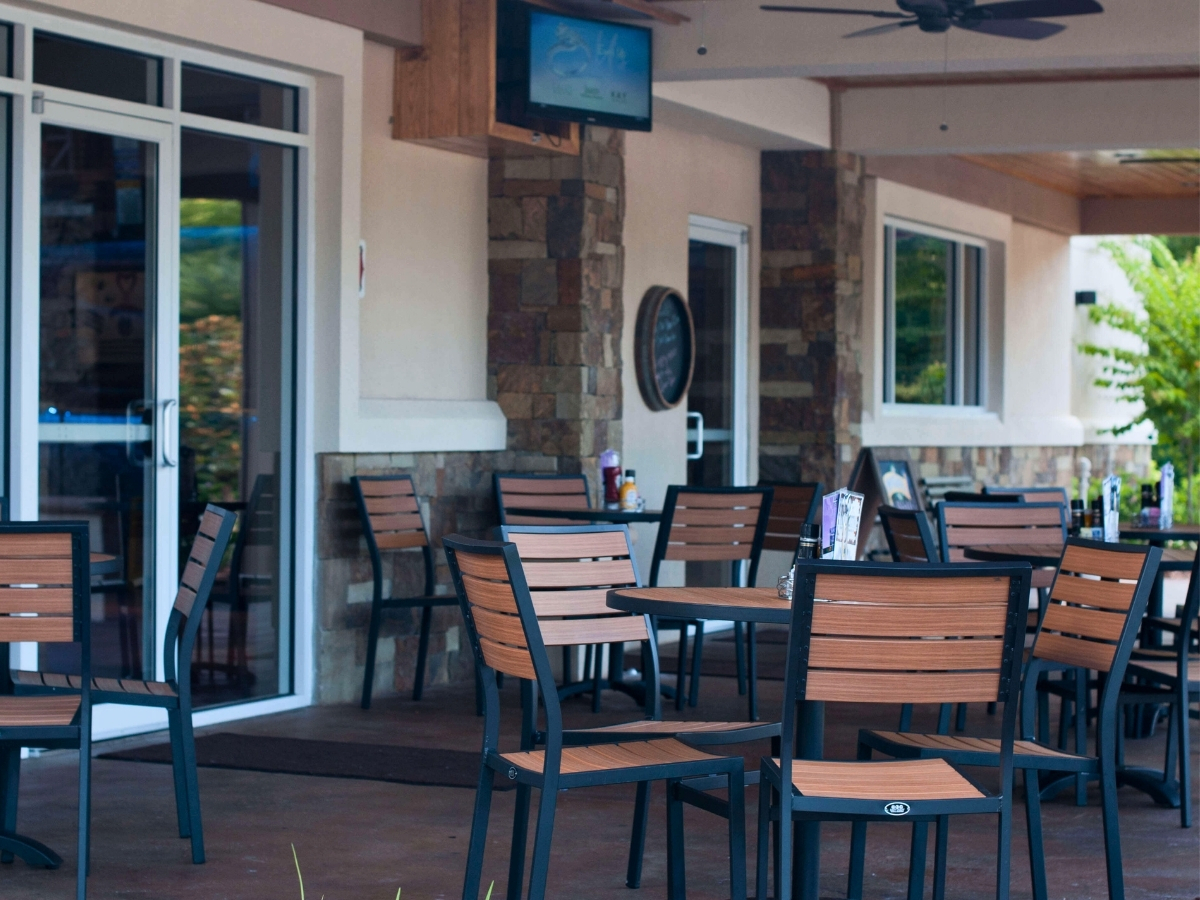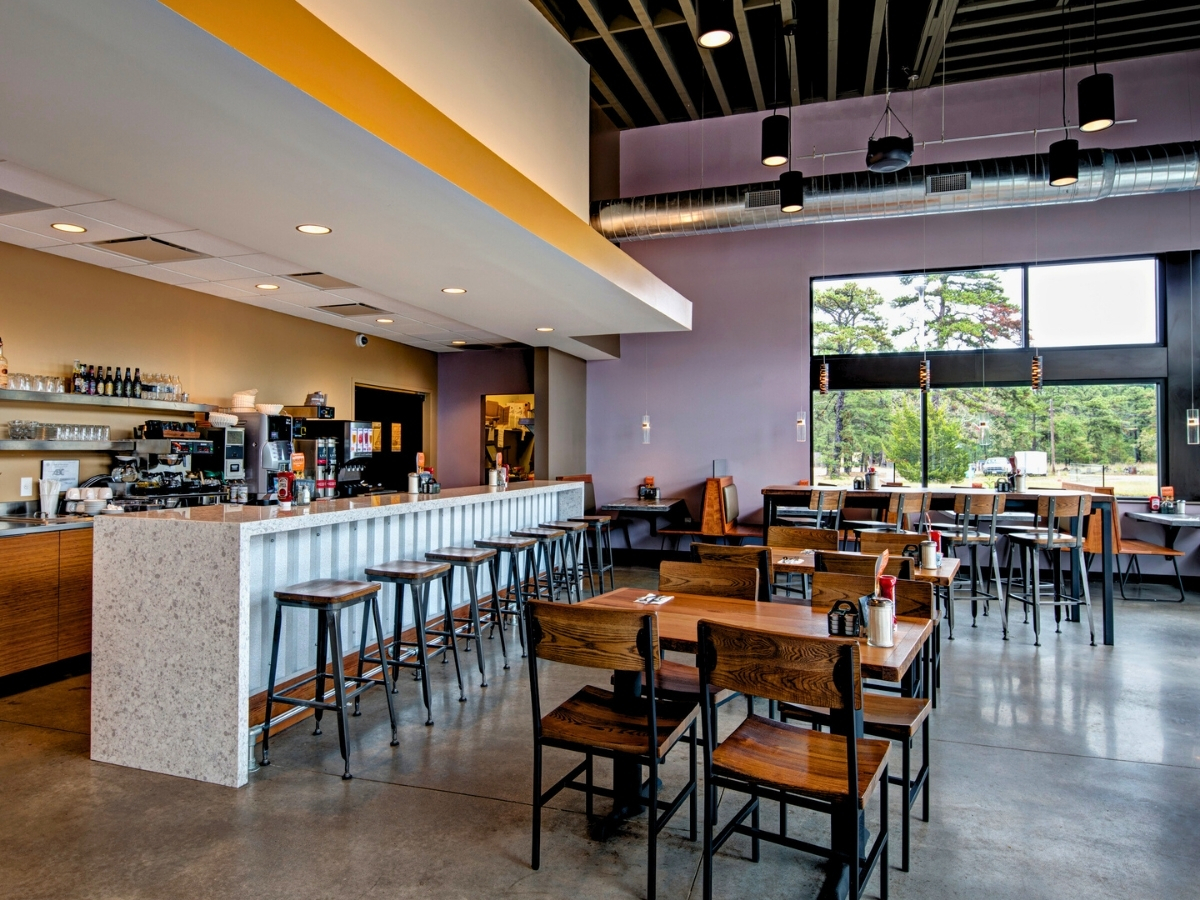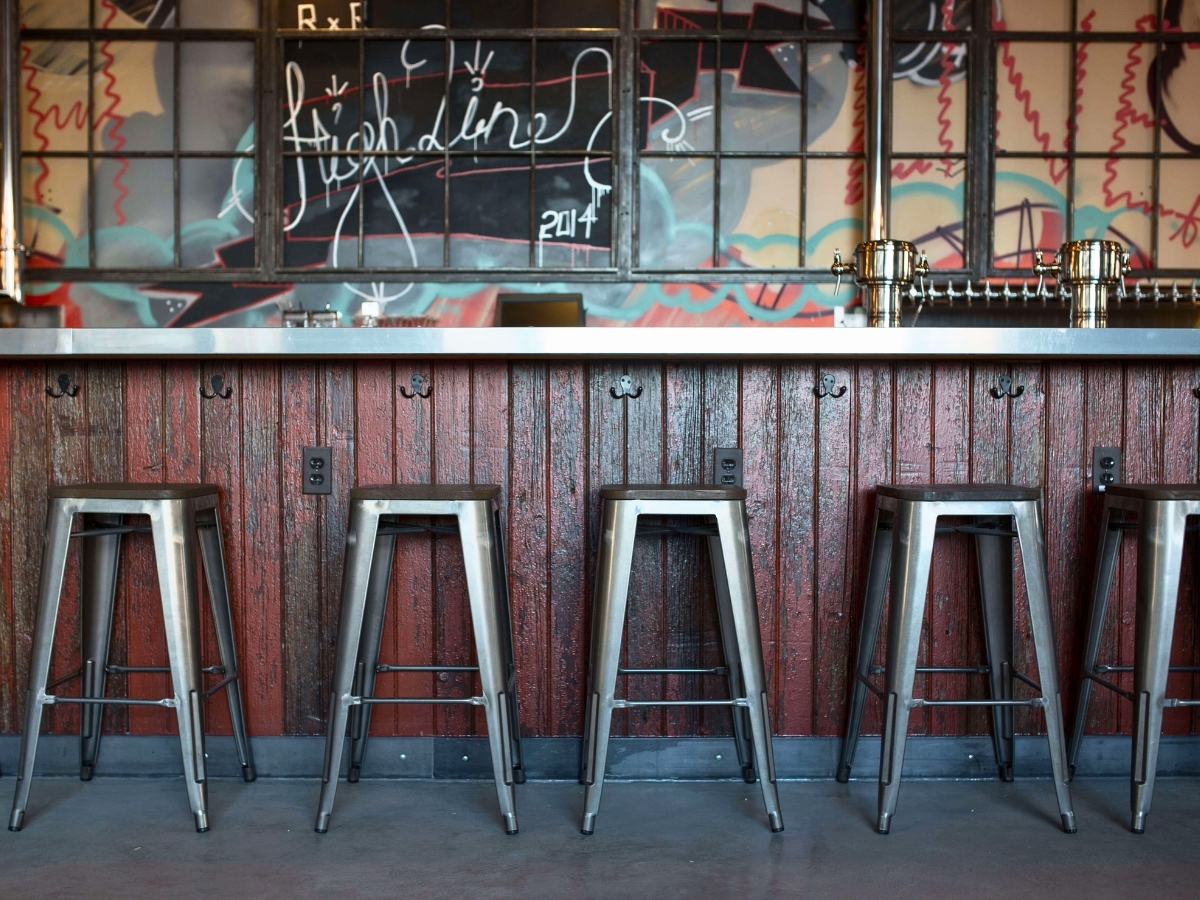Why did you decide to open your restaurant? Has it been a dream of yours that you’ve finally been able to act on, or is it just in your DNA to provide a service to others? Regardless of your answer or the reason you opened your doors, your intent is to be profitable and successful. Do you know anyone who owns a business who doesn’t want to succeed? Probably not.
To provide you with resources that will assist you in achieving this success, we occasionally attend educational sessions at trade shows for the restaurant industry. In our recent attendance at the International Pizza Expo in Las Vegas, we found a session called the “7 Best Practices of Highly Successful Restaurants” and we knew it was a session we had to attend so that we could pass along this information to you. The presenter for this session was Jim Laube, founder and president of RestaurantOwner.com which is a website that offers restaurant owners membership into an abundance of “resources to turn your good restaurant into a great business.” Jim began his 30 year career in the restaurant business as a server, moving into positions as a bartender, then manager and even into a controller and CFO for a regional restaurant chain. Jim now serves as an advisor to thousands of independent restaurants and foodservice professionals providing presentations and training programs to assist with growth and improvement in the restaurant industry.
In your quest to be successful, here are the 7 best practices that Jim recommends you follow:
-
Focus your marketing on existing customers through the use of a customer database.

According to the National Restaurant Association, over 60% of sales in fine dining restaurants and 80% of sales in casual restaurants come from repeat business. Knowing this, your marketing plan should be aimed at this audience so you’ll want to know who these customers are. Building a customer database is the best way to do this so that you can communicate with these individuals regularly.
In order to build a customer database, you’ll want to collect the following information: name, address, birthday, anniversary, and e-mail address. You can collect this information through a birthday or anniversary club, VIP club or other loyalty program, comment cards, and/or through staff incentives. With this customer information, you can send an occasional e-mail to introduce a new menu item, send coupons or special offers, or announce a special event. Whatever your marketing strategy is, communication with existing customers will encourage more frequent visits in addition to the possibility that those customers will tell their friends or bring them in.
-
Have a birthday club.

According to Jim, having a birthday club is the most effective marketing practice and he has the statistics from restaurants he works with to prove it. When sending birthday and half birthday postcards, Jim shared that 78% of these postcards are redeemed on the customer’s birthday and 96% are redeemed on the customer’s half birthday. He found that even with over a thousand members, birthday clubs provide the restaurant with a 90% redemption rate. He also shared some important points: everyone enjoys getting a deal especially on their birthday, customers like something better than nothing ($10 versus $0), and the idea that birthday clubs build customer loyalty. In addition, birthday mailings often get a good response and great customer feedback.
To prove this idea, Jim told the attendees about a success story of a quick service restaurant in a suburb of a major metro area called Golden Chick. In the first four years of business, marketing was done through newspaper ads, money mailers, Valpak, and a shopper’s guide which totaled $18,000 to $20,000 per year with poor results. It was documented that although the yearly annual sales improved over those four years, the impact wasn’t as great as the company had hoped. After implementing a birthday club program which they started with a “cold” list that led to the gradual building of a customer database, those results changed. Over the next four years, Golden Chick’s annual sales increased by 52% from the time that the birthday club was implemented. In addition, their marketing costs went from over $18,000 per year to around $100 a month. Sounds like a strategy that could make a huge difference to any restaurant aiming for success.
-
Have and use systems.
Think about a situation where you have had consistently extraordinary experiences at a restaurant. Then, ask yourself this: what did they do to make your experience extraordinary? How did they do it? Likely, it boils down to systems. Systems are procedures, processes, or a series of actions designed to achieve a desired result. If you think about it, restaurants are built upon the concept of systems because they are following certain steps repeatedly over and over again. It’s not just with food, but also with hiring, training, cleaning, purchasing, storage, preparation, ordering, reservations, service, scheduling, payroll…and this list could go on. With effective systems in place, restaurants are offered consistency and predictability. There’s often higher productivity and morale, in addition to fewer surprises and less time needed from the owner to manage the daily operations.
In Jim’s presentation, he talked about a system that is easy to create, easy to understand and follow, effective, and helpful in training new employees. The system he is referring to is a checklist. Checklists can be formed to confirm that tasks are done or they can be formed to guide tasks that need to be completed. Either way, any implemented checklist should offer characteristics that Jim stated are necessary in order to be effective. Checklists should be short, precise, and fit on one page, include key items only, have an ease of use for both busy and non-busy times, and should be viewed as helpful reminders rather than a “how to” guide. You can either develop these on your own to customize a system in your restaurant or you can find already developed restaurant checklist templates here, all from the RestaurantOwner.com website. The checklist templates that are offered on the site include but are not limited to a bartender checklist, a cleaning checklist, a manager opening checklist, a manager shift-change checklist, a new employee orientation checklist, a purchasing checklist, a preparation checklist, a service checklist, and a storage checklist. There may be costs involved in obtaining these checklists but they can offer you a great starting point if you don’t already have a system in place.
-
Be serious about your mission.

Let’s jump back to why you decided to open your restaurant. With that in the forefront of your mind, think about why your restaurant exists, what you want to accomplish, and what your employees would say if you asked them those questions. These answers can help you create a mission statement that will give meaning and purpose to the everyday activities of your restaurant. It will become the basis for standards and accountability. It will help you recruit and retain the right people and pull all of these individuals together as a team. In addition, it will enhance the effectiveness of your leadership and make it easier to manage and coach your employees.
When you are creating your mission statement, Jim communicated the importance of considering four important elements in a very clear and succinct manner. They are:
- What your company does
- Who you do it for
- How you want to do it
- Results you want to achieve
In addition to these elements, Jim stated that every mission statement should include the following components:
- A performance challenge or goal
- Who we do it for
- How the goal is achieved
- Desired outcome or result
To showcase these elements and components, Jim offered an example of a mission statement that included all of the recommendations above. Union Square Hospitality Group, a “family of businesses” that opened their first restaurant back in 1985 and now hosts 13 restaurants, a full-scale catering and venue hospitality business, a jazz club, and an organizational consulting business, developed this mission statement:
“Our mission is to thoroughly delight our guests through such unparalleled hospitality, service and culinary experience that they will rave about their experiences and have no choice but to return.”
This statement clearly includes all of the elements and components from above. You too can have a mission statement that sounds as great as this. When doing so, remember that you’re not only creating your very own mission statement, but that you also need to communicate it. Both of these are equally important to the success of your business. Some avenues to communicate your mission can be through interviews, orientation and training sessions, handbooks, management meetings, pre-shift meetings, decision making discussions, and any other time that an opportunity arises. With all of this considered, you and your staff will have a clearer vision as your proceed towards obtaining success.
-
Track and monitor your prime cost weekly, not just monthly.

If you’re the owner of a restaurant, it’s likely that you know what prime cost is. If not, this is the sum of the total cost of sales added to the total payroll costs. The total cost of sales includes the cost of food, beverage, and paper and the total payroll costs include management and hourly employee costs in addition to taxes and benefits. Jim communicated that the rule of thumb for prime costs should be 65% or less of sales for full service restaurants and 60% or less of sales for quick service restaurants. He also stated that it is important to calculate prime costs as one number rather than food costs, beverage costs, and labor costs separately. When figured together, your prime cost will give you a much more meaningful and valid indication of your restaurant’s unit economics, potential for profit, and your management’s effectiveness. For information to assist you with calculating your prime cost, RestaurantOwner.com has already developed templates that you can use to get your costs organized. Again, there may be a fee involved but worth it to keep you informed.
In addition to the actual calculation of your prime cost, Jim offered the recommendation to compute it weekly with his reasons why this should be done so frequently. First and foremost, he stated that this is something that all chain restaurants do. Second, it brings about greater staff awareness and accountability, and there is faster recognition and response to problems. Finally, it is a tool that will allow owners to see how well management is managing. When done on a weekly basis, Jim shared that it is possible for your prime cost to go down 2-5 points.
-
Keep a running inventory of “key food products.”

Every restaurant has a running supply of food to fill the plates of their customers and some sort of process to keep track of what is in inventory. But, do you know what your key food products are and how much of them you have in inventory? Jim recommends identifying your key food products by looking at your food inventory and finding 10-15 items that drive your food cost; the ones that make up 60%-70% of these costs. Once you identify these items, begin to keep a running inventory of each of these specific items. You may have an inventory system already in place where this is done but are you doing it daily and keeping a running inventory? If not, now is a great time to start! When you keep a running tally of your key food products, you will be able to order more when needed, less likely to run out of something that a customer wants, and you’ll be able to identify when food is being wasted, burnt, or eaten by your employees. We all know that in our industry food is money, so having a running inventory can help you save money rather than spend it.
-
Teach your employees “basic restaurant economics.”

Here’s a question that any restaurant owner may chuckle at: how much money does your typical employee think you are making? Likely, you along with many other restaurant owners would answer this question the same way; your employees think you are quite wealthy with instant access to money anytime. Employees are the front runners of your business and they only see the money that is coming in. But, do they really know anything about the money that goes out? In order to educate your employees so that the wrong assumptions aren’t made, Jim states that this calls for what he refers to as “Restaurant Economics 101.” This is where you educate your staff on where the money that comes into the restaurant goes, so that there is a better understanding of the economics of your restaurant.
A great way to demonstrate the economics of your business is by using the 100 pennies activity in an employee meeting. Here is what you do: give each employee 100 pennies and say that this represents all of the money that comes in to the restaurant. Then, explain where the money goes. For example, maybe 35% of your sales goes toward purchasing food and beverages so ask your employees to take out 35 pennies for food costs. Maybe another 30% of your sales are spent on labor costs so ask them to take out another 30 pennies. Continue doing this with additional costs that your restaurant has to give every employee a visual of where all of the money that they see comes in goes. When they see this, they are offered a better understanding of the economic status of your restaurant which may lead to better care and upkeep, less waste, and a deeper interest in your business.
Success is defined on the Merriam-Webster dictionary website as “the fact of getting or achieving wealth, respect, or fame.” Isn’t that what you want as a restaurant owner? If so, following recommended best practices by professionals who have been in the business for years is in your best interest; an interest that will determine how closely you come to that success.





